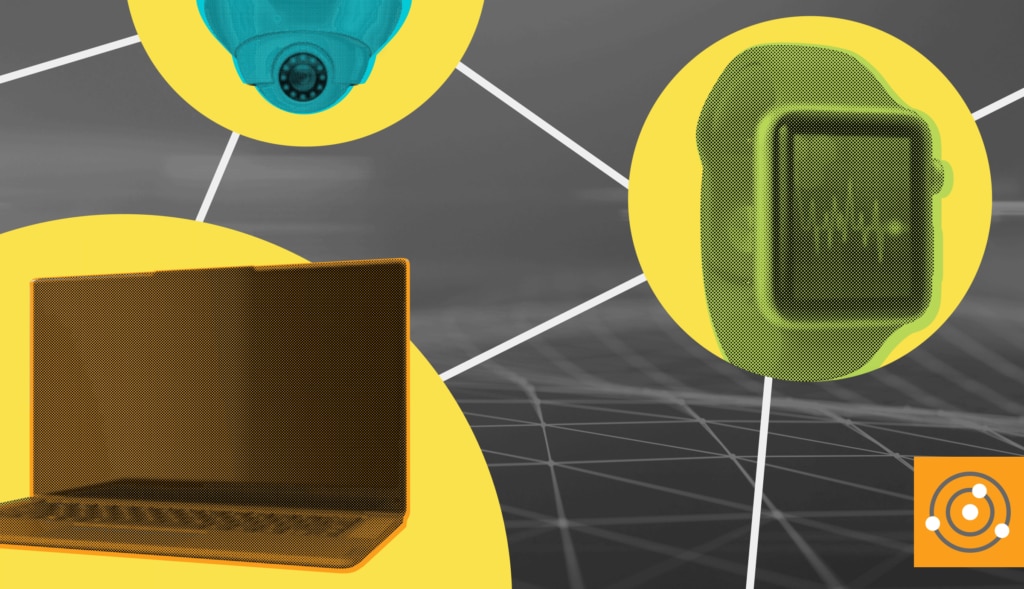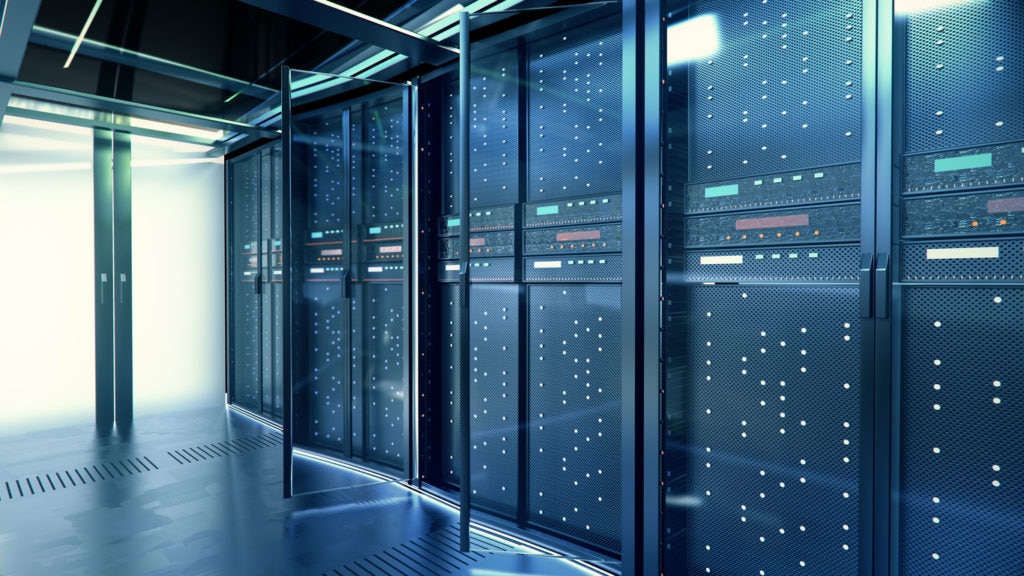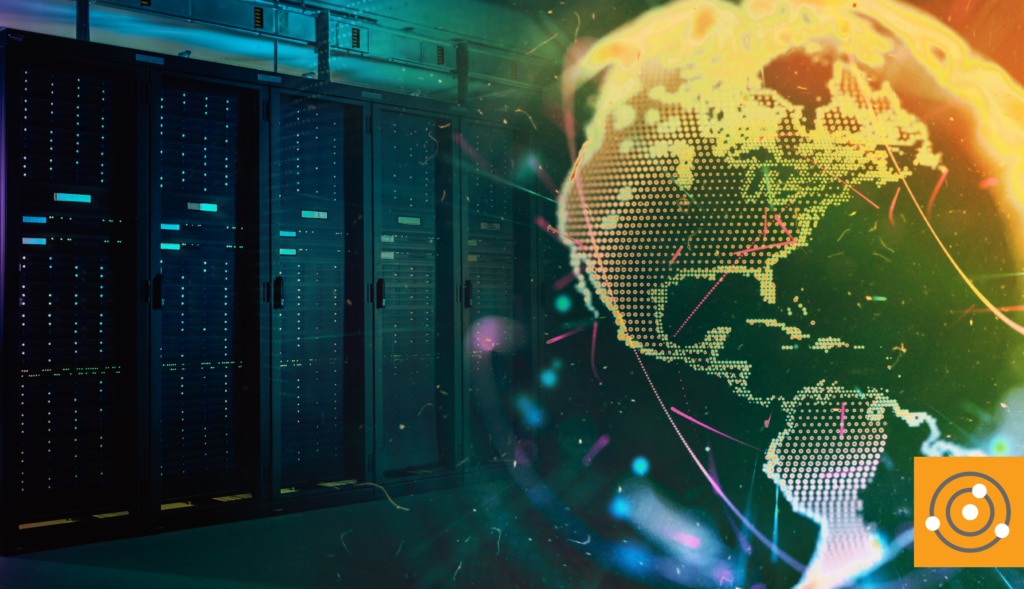The work being done on federal, state, and local levels to ensure the health of society during and post-COVID-19 will be driven by the Internet of Things (IoT). From
contact tracing to
drones, the reopening of America will be regulated by millions of data streams delivered from thousands of connection points. IT practitioners will be tasked with making sense of all the information coming across their screens.
Different devices produce different types of data streams and logs. A lack of consistency across devices can make it difficult for IT administrators to get a good handle on all of the information coming in.
IT administrators must also stay on top of traditional infrastructure—which could be a combination of new and legacy systems—and applications existing across cloud service providers.
Agencies need a better way to collect and process the tidal wave of information coming their way and gain better visibility into the various devices providing this data and network telemetry offers a path forward.
Pulling Information Together
Network telemetry collects data from different sources, pulls the information together, and funnels it for easier analysis. It can also help administrators gain a better picture of the health of a particular device, helping them perform more accurate and faster root cause analysis to pinpoint problem areas.
There are several network telemetry technologies available, including Amazon Web Services VPC Flows, which can help monitor data being generated by AWS hosted sites, and Cisco ACI data center fabric. However, unlike simple network management protocol (SNMP), there’s no set standard for network telemetry—although the Internet Engineering Task Force provides a nice
framework.
A Broader Data Canvas
Agencies must be able to holistically collect data across their entire canvas and process the information in an easily comprehensible and actionable way. They must have the right tooling in place to field data quickly, so those on the ground can make the right decisions at the right times.
Being able to process multiple data streams and understand how those streams apply to each other is critical. Each data point informs others to create a complete picture of what’s going on.
Processing each of these points manually would take an enormous amount of time and could be prone to human error. It’s better to implement a network telemetry solution to automatically analyze how the data streams relate to one another and use the analysis to inform different decision points. This “one source to rule them all” approach is much more efficient and accurate than manually stitching together the information.
Better Analysis, Better Outcomes
Network telemetry can improve outcomes in use cases beyond COVID-19 response. For example, military operations often depend on the quick consumption and analysis of multiple data streams.
Warfighters need just-in-time data, particularly in combat situations. Administrators must be able to interpret this data in real time to provide troops with whatever they need at a moment’s notice.
The best and most efficient way to do this is with a telemetry system designed to coalesce multiple data points into a single and easier-to-interpret point. Simplifying the streams can lead to better, faster, and more accurate decisions capable of directly impacting soldiers’ lives.
The New Normal
In the war against COVID-19, the number of devices and data points IT practitioners must manage will continue to grow. In addition to contact tracing, IoT devices will likely be used to monitor crowd sizes, patients who have recovered from the disease, pharmaceutical inventory levels, and more. Network telemetry will play a vital role in this new normal.
Find the full article on GCN. 




